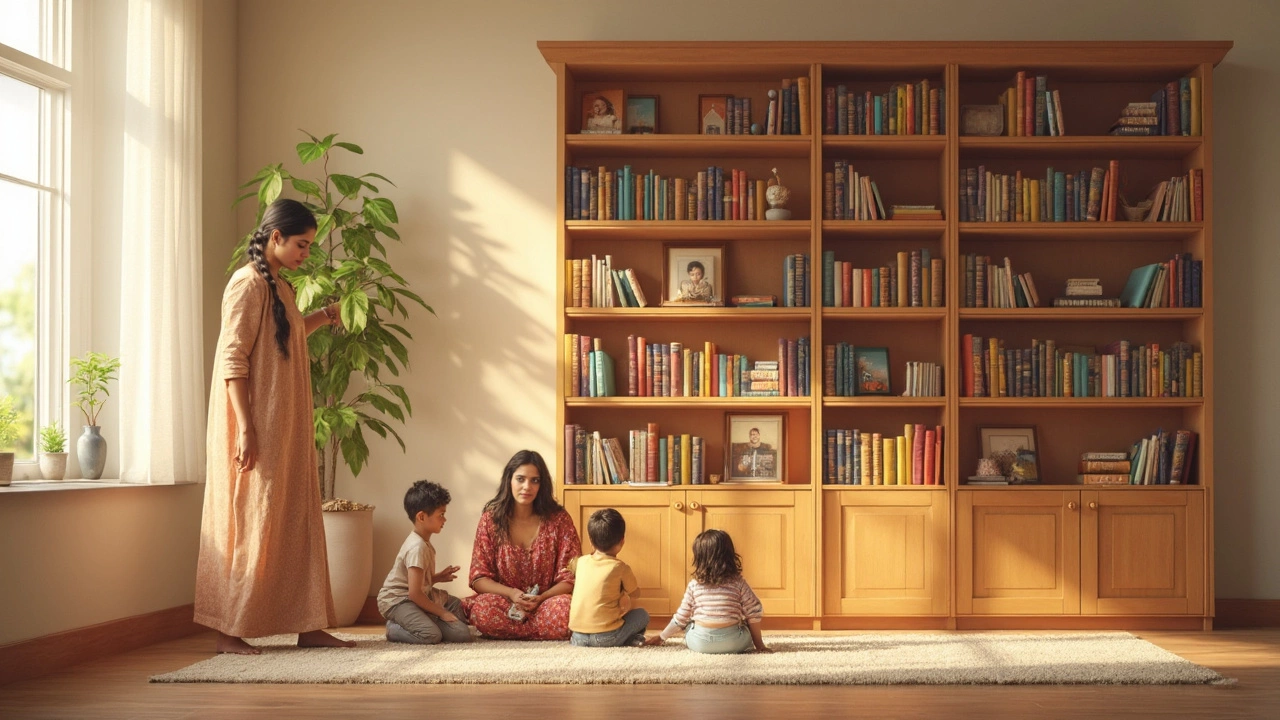Tip‑Over Risk: Keep Your Furniture From Toppling Over
Ever wonder why a bookshelf suddenly falls or a TV stand leans at an odd angle? That's tip‑over risk, and it can turn a harmless accident into a serious injury. Kids, pets, and even a strong gust of wind can push furniture that isn’t secured. The good news? You can fix it with a few easy steps and no major renovation.
Why Tip‑Over Accidents Happen
Most furniture is designed to sit upright, but manufacturers often assume the piece will be placed against a wall or will stay still. In reality, a tall bookcase, a skinny TV stand, or a lightweight cabinet can become top‑heavy if you pack it with heavy items. When a child pulls on a toy or a pet jumps onto the piece, the center of gravity shifts and the whole thing can tip. Even a slight wobble from an uneven floor can add up over time.
Studies show that tip‑over injuries are most common among children under five. A falling bookcase can crush limbs, while a toppled TV can cause head injuries. The risk isn’t limited to homes—nurseries, daycare centers, and offices face the same danger. Knowing which items are most likely to tip helps you prioritize safety measures.
Quick Ways to Reduce Tip‑Over Risk
Anchor furniture to the wall. Use L‑shaped brackets or anti‑tip straps. They’re inexpensive, easy to install, and keep the piece from moving more than a few inches. For taller items, aim for the top two screws so the whole unit is locked.
Distribute weight wisely. Place heavier books or electronics on the bottom shelves. Light items belong on top. This lowers the center of gravity and makes the unit more stable.
Check floor level. Use a small level or a carpenter’s square. If the floor is uneven, insert shims or furniture pads under the legs. Even a half‑inch difference can create a rocking motion that eventually leads to a tip.
Secure cords and cables. Pulling on a power cord can yank a TV stand sideways. Use cable clips or ties to keep cords tidy and out of the way.
Use anti‑tip devices. Products like furniture straps, safety walls, or weighted bases are perfect for freestanding items that can’t be bolted to a wall, such as free‑standing wardrobes.
For renters, removable adhesive hooks or tension‑rod systems work well without damaging walls. If you’re moving a piece, check the anchoring after re‑assembly; the bolts can loosen during transport.
Finally, keep an eye on kids and pets. Teach them not to climb on furniture and provide safe play areas. A simple rule—no climbing on bookcases—can save a lot of hassle.
By taking a few minutes to anchor, level, and balance your furniture, you cut tip‑over risk dramatically. It’s a small effort for a huge safety boost, and peace of mind is worth every screw you tighten.
Do You Really Need to Anchor a Bookcase? Safety, Risks, and Smart Tips
Debating whether you have to anchor a bookcase? Uncover the real risks, safety facts, and practical tips for keeping your shelves stable and your home safe.





